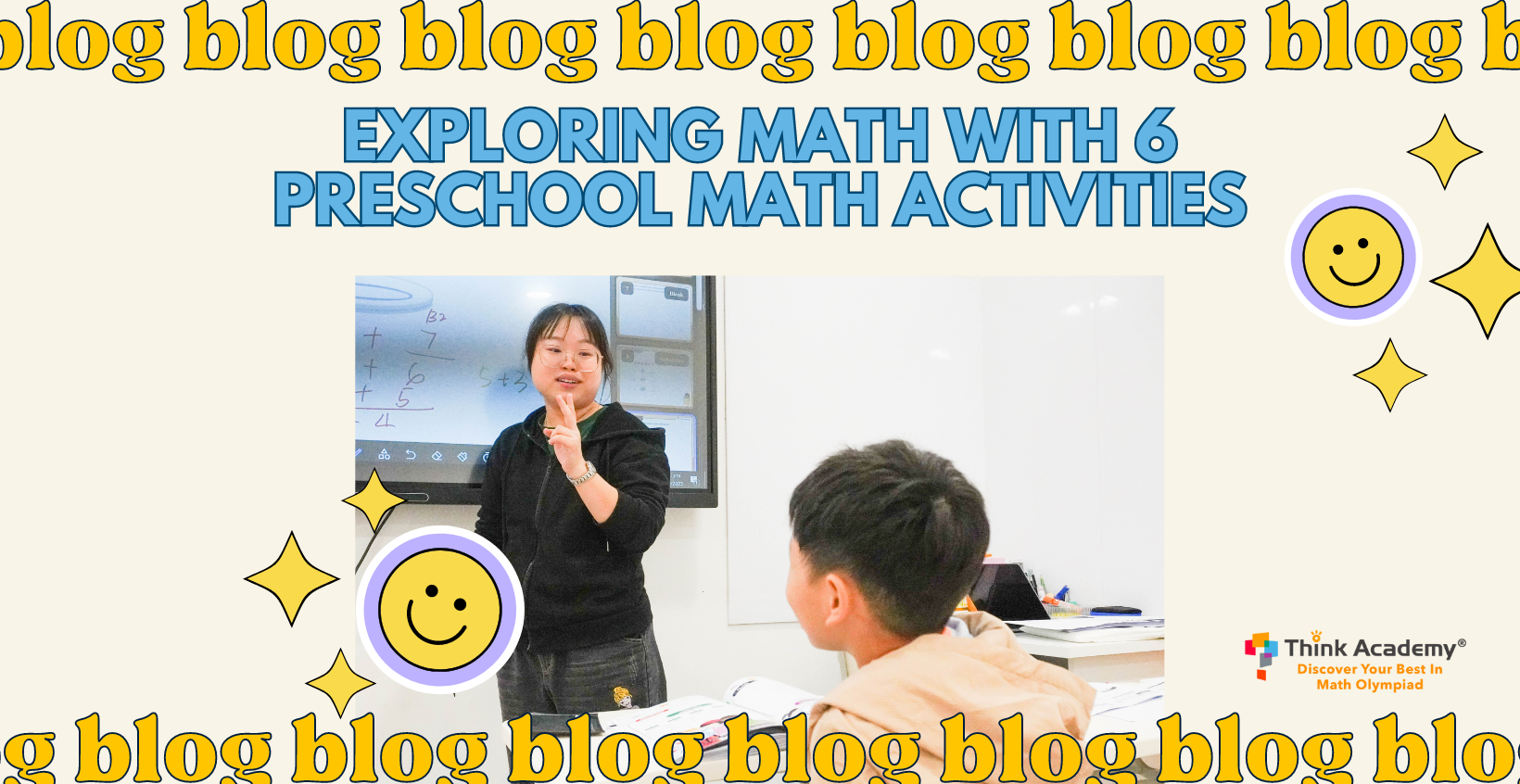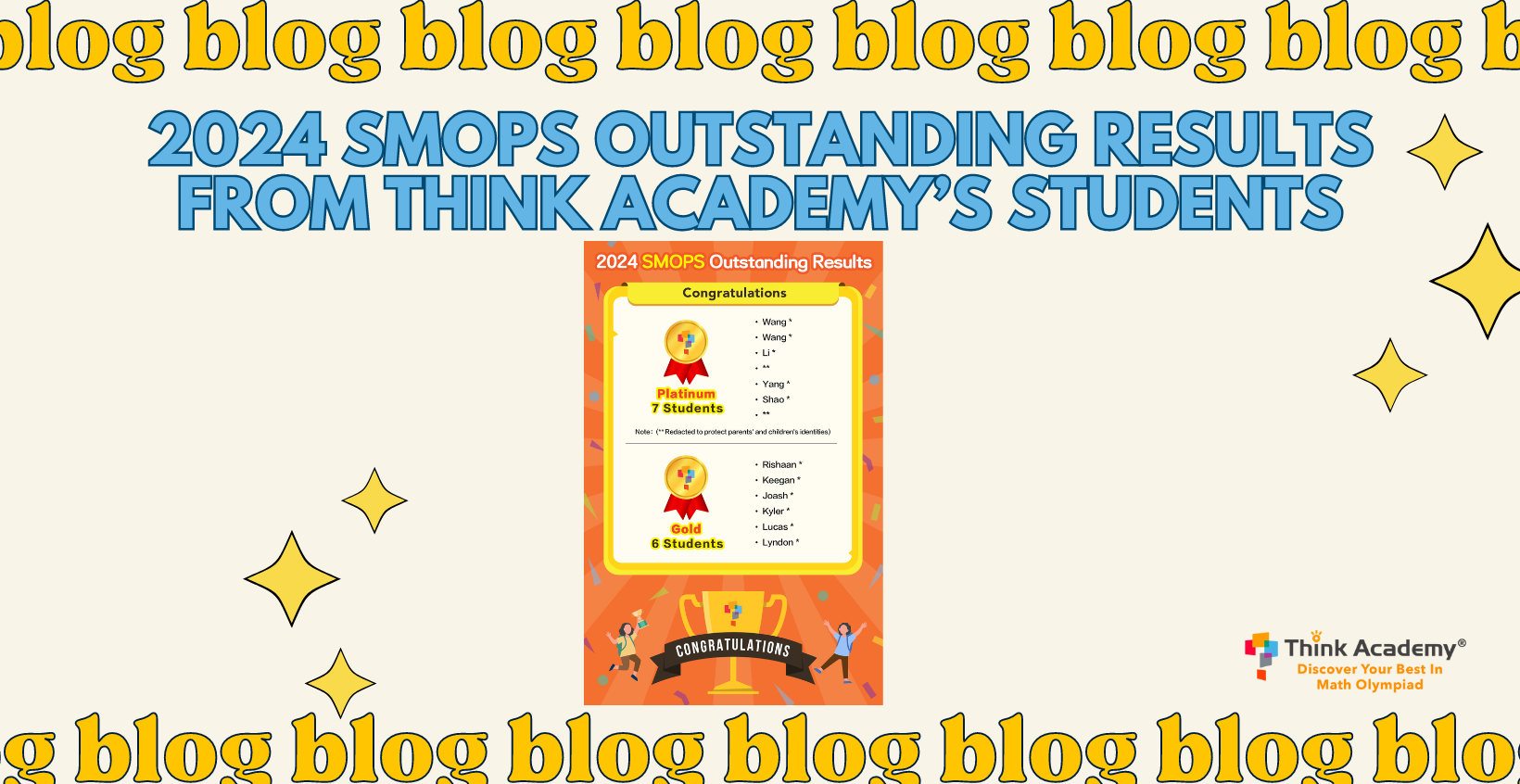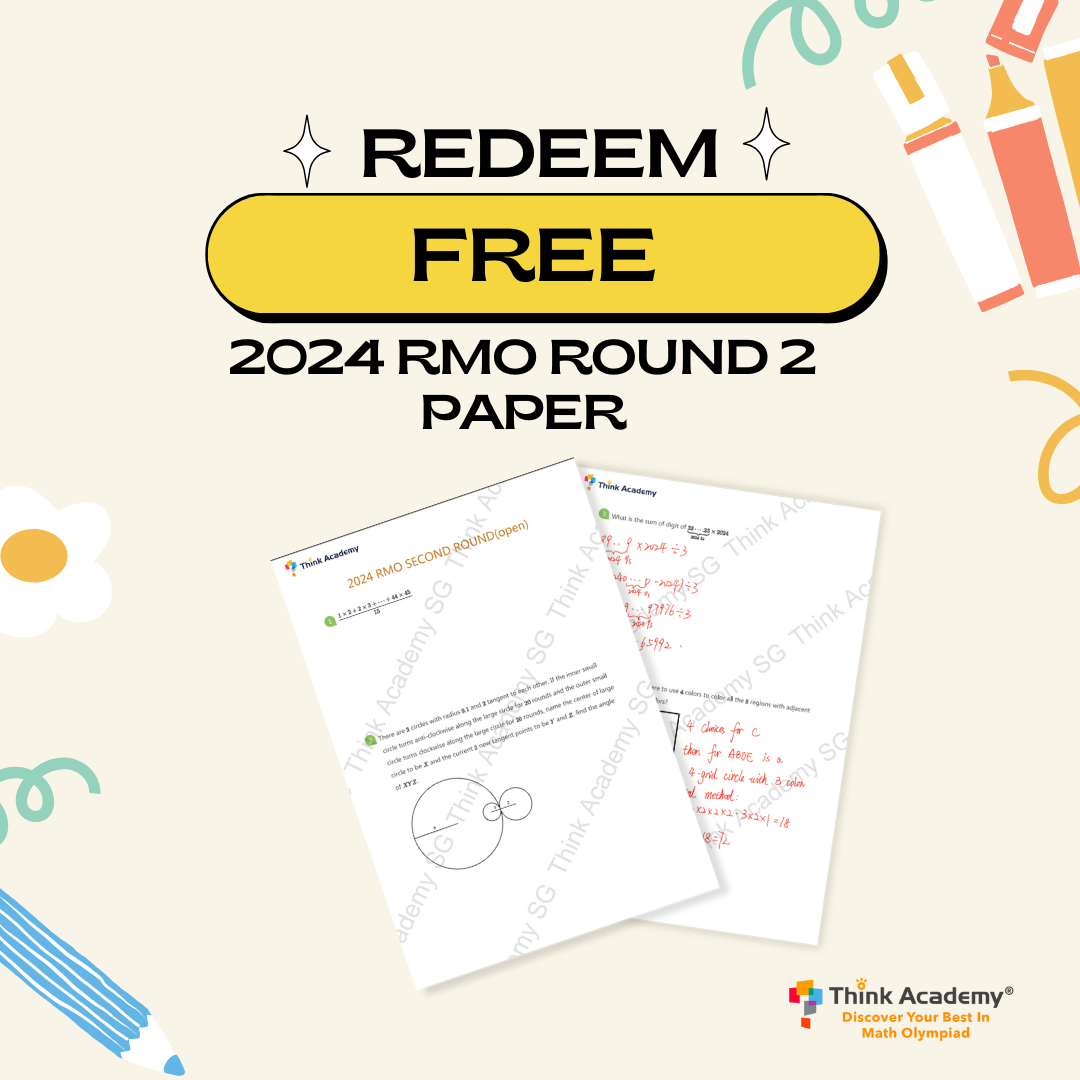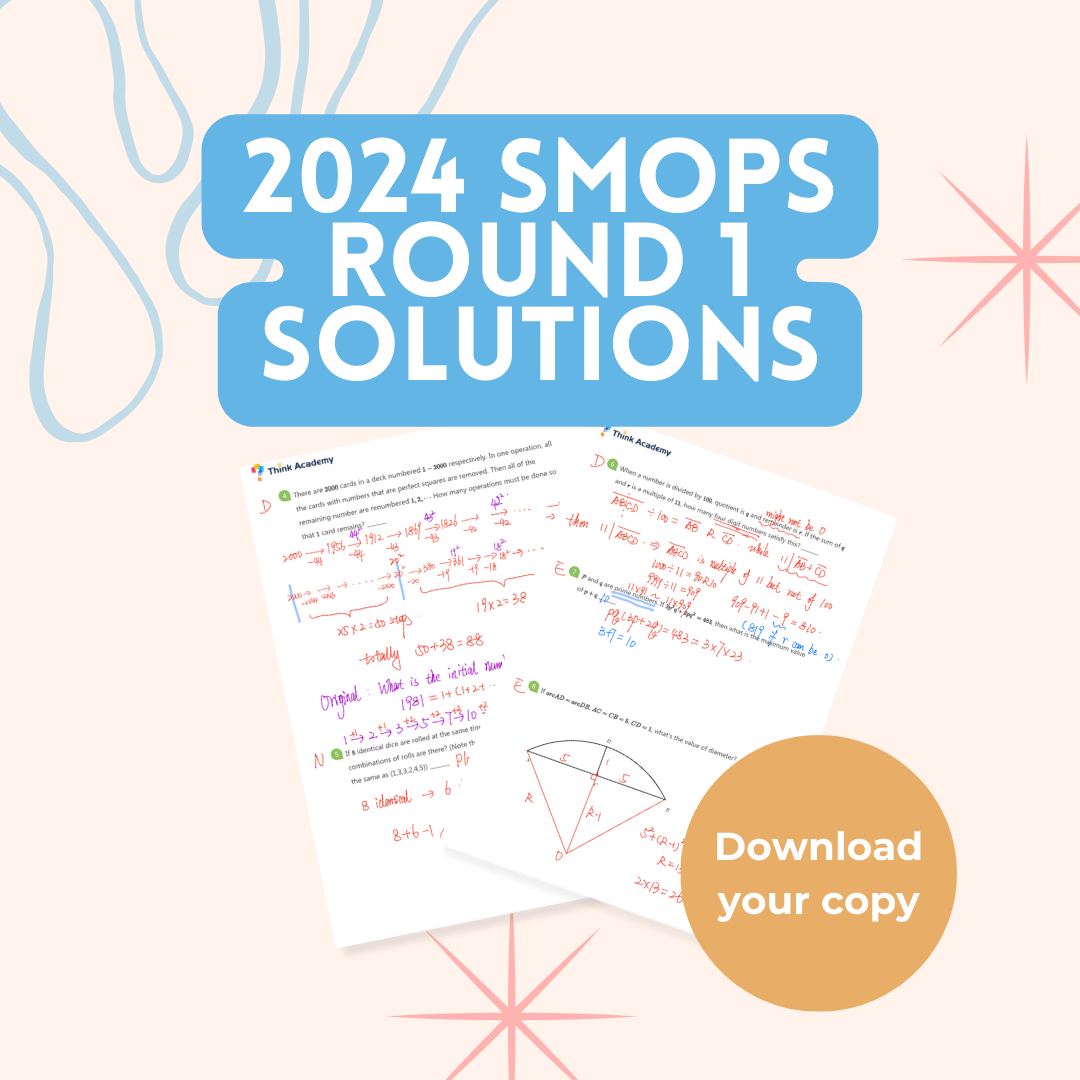From learning to count to identifying various shapes, there are lots to learn in math for a preschooler! Building strong learning habits and skills are essential to a child’s development at this stage and parents are often concerned about the necessary academic skills their child will need before entering a formal learning environment in Primary 1. The best way to help early years children to learn is through preschool math activities!
The good news is that children are naturally curious as long as the learning materials and activities are kept fun and engaging. So what kind of learning activities can parents use at home to keep their curiosity alive and help them to learn essential math skills?
Primary 1 Math Syllabus
Before we get into that, let’s take a look at the math skills taught in the Primary 1 Math Syllabus.
The Primary 1 syllabus will cover the following topics
- Counting to 100 – Counting to tell the objects in a given set. Number notation, representations and place values (tens, ones). Reading and writing numbers in numerals and words.
- Compare Numbers to 100 – Comparing the number of objects in 2 or more sets. Comparing and ordering numbers.
- Ordinal Numbers – Patterns in number sequences. Ordinal numbers (first second, up to tenth) and symbols (1st, 2nd, 3rd etc)
- Addition and Subtraction – Adding more than two 1-digit numbers. Adding and subtracting within 100.
- Multiplication and Division – Multiplying within 40 and dividing within 20.
- Length – Measuring length in centimetres. Use of abbreviation cm. Comparing and ordering lengths in cm. Measuring and drawing a line segment to the nearest cm.
- 2D shapes – Identifying, naming, describing and classifying 2D shapes: rectangle, square, triangle, circle, half circle, quarter circle.
- Picture Graphs – Reading and interpreting data from Picture Graphs.
- Money – Counting money in cents up to $1. In dollars up to $100.
While this list might seem overwhelming, remember that this is what children are supposed to learn in Primary 1. They are not expected to know of all these beforehand. That said, helping children to build the essential age-appropriate numeracy skills is more important than learning everything in the Primary 1 syllabus in advance.

Suggested Preschool Math Activities
So what are some of the key early years numeracy skills your child will need? Here are some suggestions and preschool math activities that you can do together with your child to strengthen those skills.

Number Sense and Calculation
Comprehend quantity, vocabulary involving numbers and addition/subtraction numbers within 10
Number sense refers to a person’s intuitive understanding of numbers. They get a hang of how big or small a number is in comparison with other numbers. For example, a child with strong number sense can easily tell you that 9 is larger than 7 without having to count.
- Counting Games: Count objects around the house, such as toys, books, or pieces of fruit. You can also count steps as you walk up the stairs or count out loud while doing everyday activities.
- Basic Addition and Subtraction: Use everyday objects like fruits or candies for basic addition and subtraction problems. For instance, “If I have 3 apples and I eat 1, how many apples do I have left?”
Spatial Awareness
Identify basic 2D shapes and their relationship with other objects
Spatial Awareness refers to their understanding of space and their ability to perceive and interact with objects and their surroundings in relation to themselves.
- Shape Hunt: Go on a shape hunt around the house or outside. Look for shapes in everyday objects like squares (tiles, windows), circles (plates, wheels), triangles (pizza slices, traffic signs), and rectangles (doors, books) and compete to see who can identify the most shapes!
- Draw and Guess: Practice drawing shapes together. You can use paper and pencils to draw a shape and get your child to identify and name each shape. Take it up a notch by taking turns to draw and guess!
Observation
Ability to identify patterns
Observation is the process of using the senses to gather information about the world around us. Going beyond observation, students need to develop patterning skills where they can identify, recognise, extend and create patterns.
- Pattern Blocks: Provide children with pattern blocks of different shapes (e.g., squares, triangles, hexagons) and colors. Create a pattern and get them to extend the pattern on a large surface
- Stringing Beads: Use beads of different colors and shapes. Ask children to string the beads and extend a pattern that you have created
Looking for fun math materials to stretch your child’s mathematical potential? We have designed a 9-Day Calculation Practice filled with colours and illustrations to engage K2 students in the world of Math!

If your child is a highly curious mathematician, perhaps our K2 Mathematical Thinking course is for you. This curriculum is designed for advanced learners by our stellar team of curriculum specialists (from Cambridge, no less!) to help students build strong foundations in early years numeracy skills for the Primary School Math Olympiad. Find out more about our course and a free K2 evaluation test from our Education Consultant!




